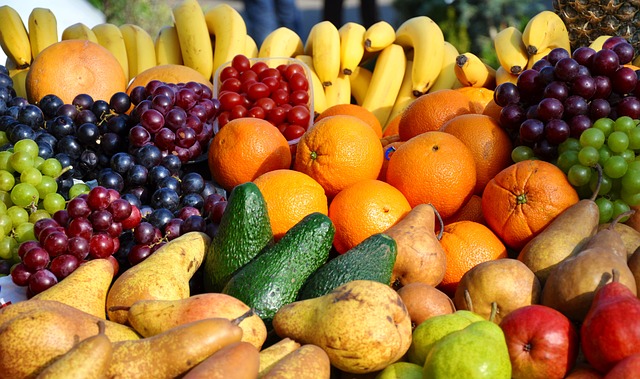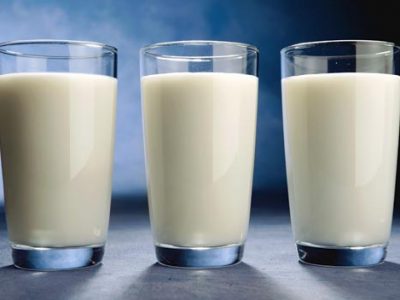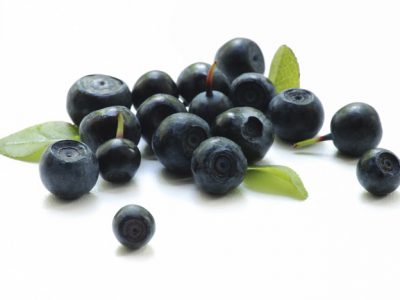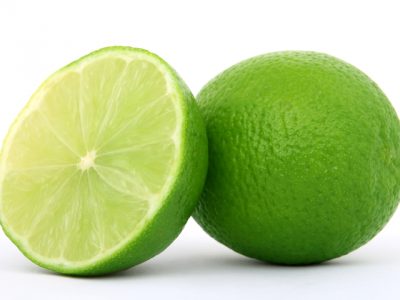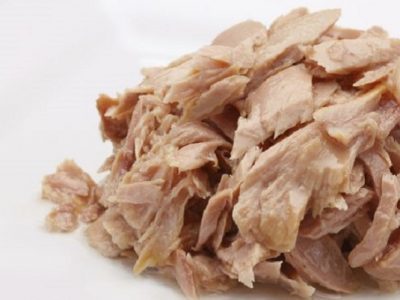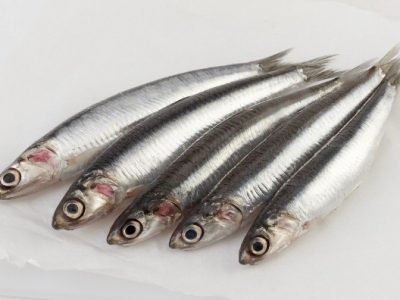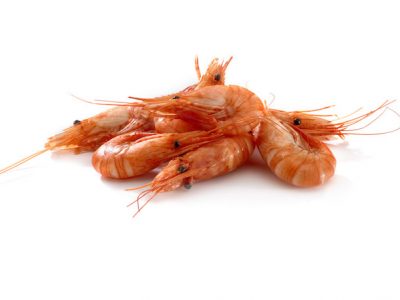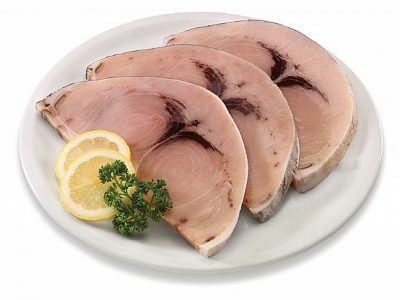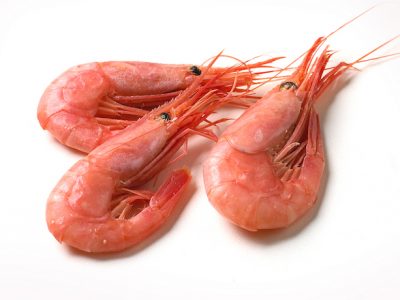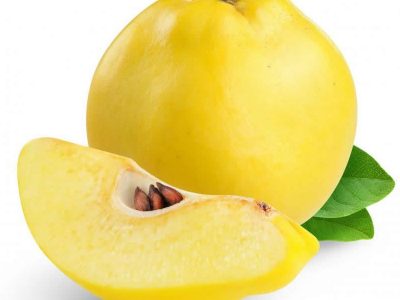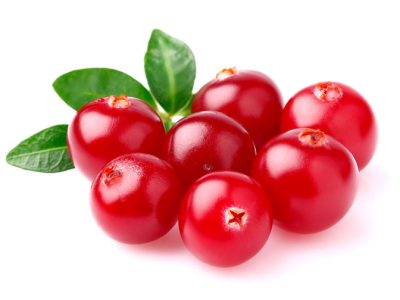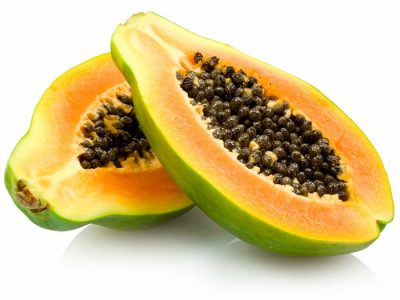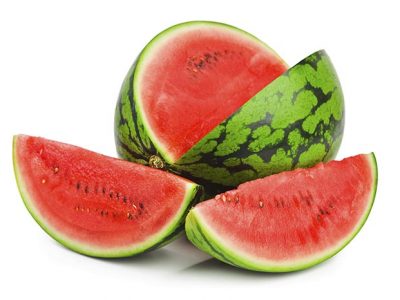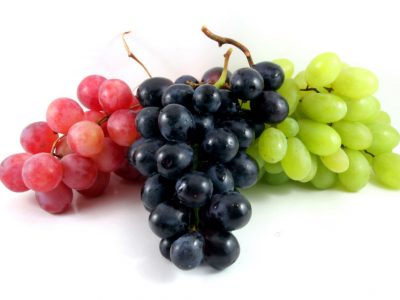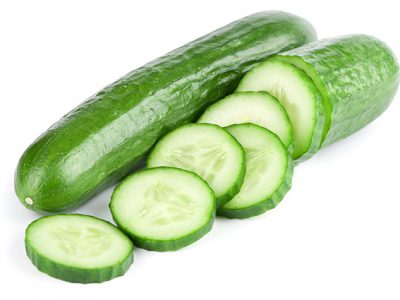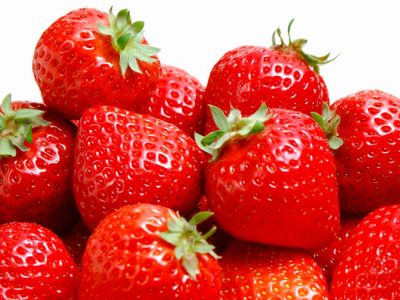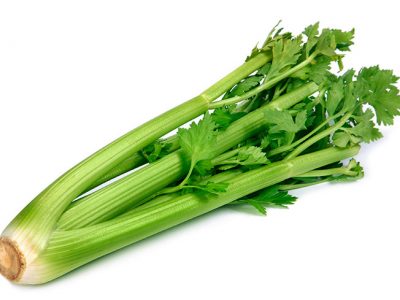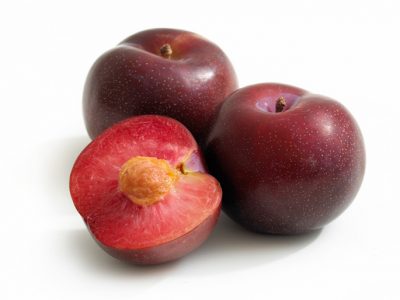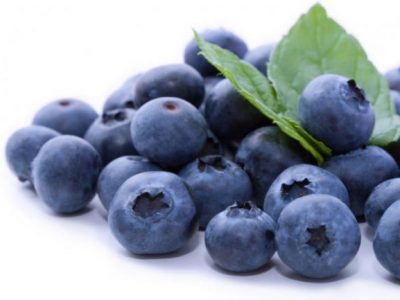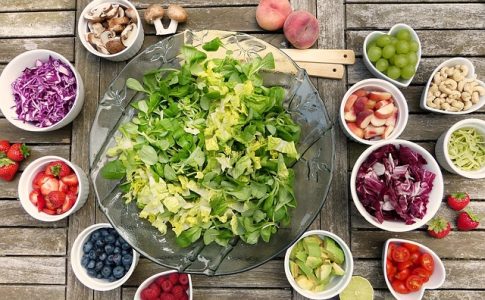Protein is an essential food source in our daily diets. Protein is used to build and repair tissues and it is important in making enzymes, hormones and other chemicals. However a high protein diet can have some negative side effects. If you consume more protein than the recommended daily allowance, it could raise your cholesterol levels therefore increasing the chance of heart disease.
If you want to reduce your protein intake, take a look at this ranking and find out which foods have the least amount of protein. Make a note of the values and try and incorporate them into your diet.
Foods low in protein
For a low protein diet you should add vegetables and fruit to your diet as they are considered low in protein. You can find out which fish has the least protein and add them to different recipes. Use the following list to see which foods are low in protein and try and include them in your diet.
If you are looking for a high protein diet, you can also use this table in reverse but making a note of the highest values and adding them to your diet.
We also recommend that you use the food calorie calculator to monitor your daily intake of calories. This way you will avoid problems such as obesity.

